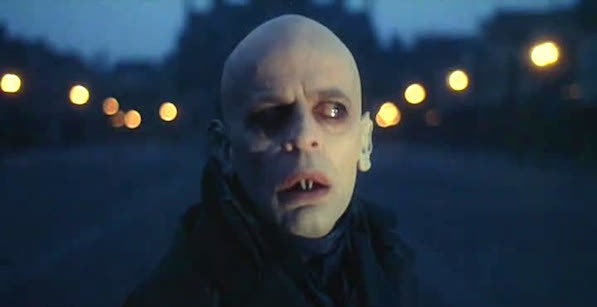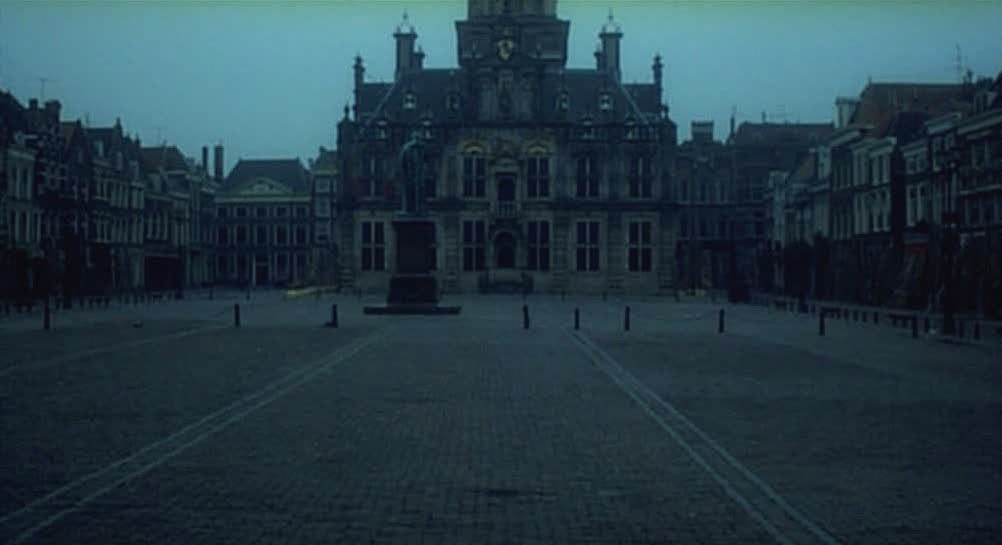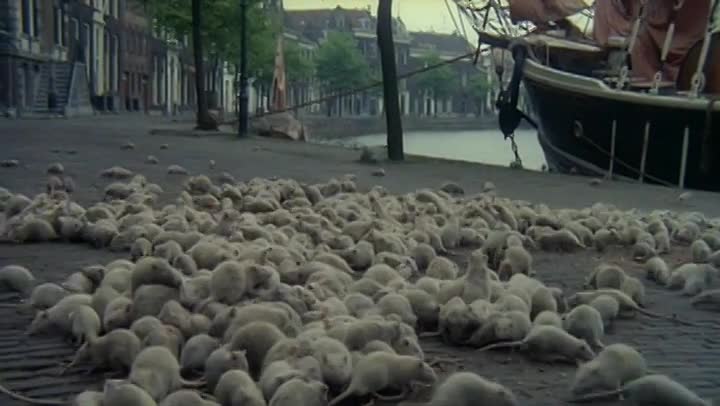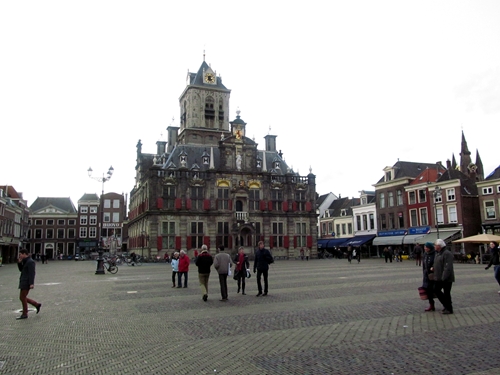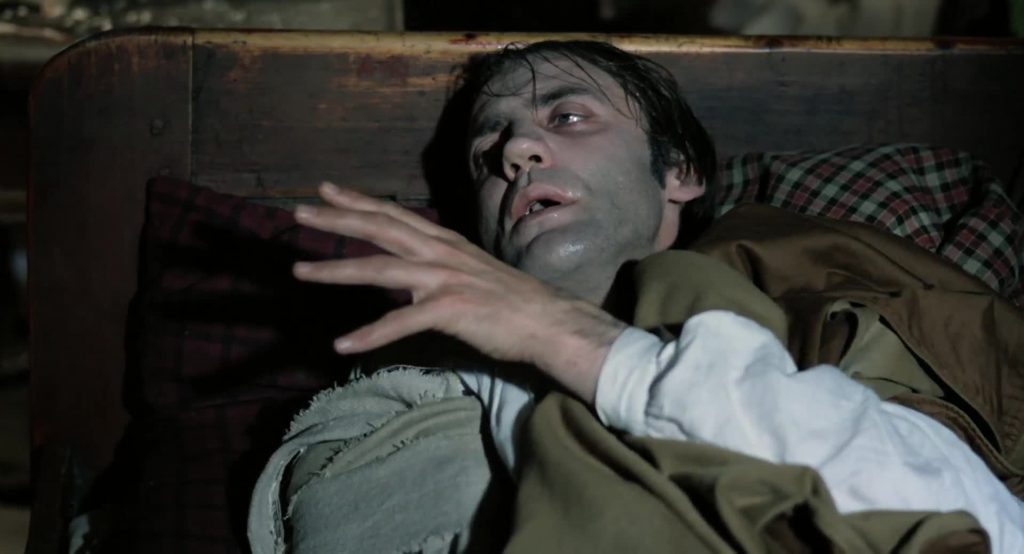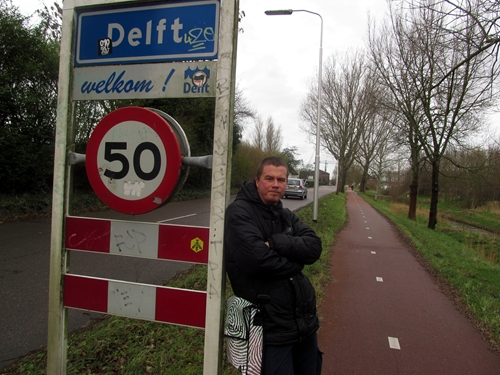I watched Werner Herzog’s Nosferatu the Vampyre (1979) for the second time just as the wintry sun was rising on January 16, 2014. Having first watched it almost a decade ago, I had forgotten many things about the film. Firstly, I had forgotten how exceptional it is: its atmosphere, its music, its sadness and intensity. I had forgotten that it features the eerily euphoric prelude to Wagner’s Das Rheingold, some twenty-six years before I was beguiled by its use in Malick’s The New World (2005). I had forgotten just how typically beautiful and haunting Popul Vuh’s score is, too, with its yearning swells and belabored thrusts.
I had forgotten how forlorn and pathetic Klaus Kinski’s eponymous vampire is. Somehow and somewhat embarrassingly, I had also forgotten that Bruno Ganz, that Zurich-born giant of the German New Wave as well as the ninth and current bearer of the prestigious Iffland-Ring, appears opposite Kinski as Jonathan Harker—husband of course to Lucy, played so enchantingly here by Isabelle Adjani. All of these elements cohabit the film with a remarkable, elusive tension-cum-energy, which places it not only among Herzog’s finest achievements, but also up there with the German Cinema’s greatest works. A respectful homage to Nosferatu, Symphony of Horrors (1922), it’s also a distinctive, almost naturalistic departure from Murnau and Schreck’s unflinching monster.
Though I watched the film suffering from something resembling insomnia, it would be a stretch to say I identified with Kinski’s rat-like, blood-sucking night owl—even though his self-loathing romanticism might to be a perfect avatar for a certain kind of male, egotistical writer. Here, Dracula travels from Transylvania to Wismar in a doomed romantic pursuit of Lucy. A kind of long-suffering and self-absorbed pied piper, the morbid Count drags death and decay ineluctably along with him, devouring the land he embarks upon and stripping it of all its life and resource. No wonder Marx found in Bram Stoker’s creation an allegory for capitalism itself—and today, we may see in Kinski’s rendition a calamitously self-aware vampire made miserable by his own literal castigation and figurative castration. Capital has fallen beyond crisis: it is now undead.
I watched Nosferatu in preparation for a trip to this year’s International Film Festival Rotterdam. On February 1, I set a day aside from films and walked with colleagues Laya Maheshwari and Neil Young from Rotterdam city center to Delft, a small town located fifteen kilometers or so to the north. The painter Johannes Vermeer was born in Delft in 1632; Herzog shot some of Nosferatu—arguably his most painterly film—there three and a half centuries later.
Delft’s historic town centre doubles as 19th-century Wismar, the north German market town where Jonathan and Lucy Harker live, and where Nosferatu arrives with his plague of rats in tow. Herzog, an enterprising visionary already familiar by this point with myth-making infamy, released 11,000 white rats into the town in order to shoot the film’s increasingly death-ridden latter scenes. Not easily deterred by practical limitations, the director also had had the creatures dyed grey—a process that reportedly resulted in half of their deaths.
Visually, Rotterdam to Delft is a mostly boring trek—on foot at least. Marked by unchangingly flat land from one horizon to the next along a rural road built parallel to a canal, it only occasionally offers aesthetic relief from endlessly drab green: a church here, a windmill there, the odd country home and a scrap-yard guarded by a vicious-sounding dog—as simultaneously comforting and depressing a sign of approaching civilization if ever there was one. In Delft itself—on a Saturday afternoon in February at least—there is considerably more human activity than there appears to be in Nosferatu, in which the place has an unearthly, somnambulant feel, as if local residents had shut up their doors and windows for the evening ahead of Herzog and Kinski’s arrival.
Despite the marked difference in activity, it’s not difficult to see what Herzog saw in Delft as a shooting location. With canals arranged in such an orderly fashion, the town seems to have been specifically built to resist those pressures affecting other towns like it: the homogenization of the high street, the blandification of architecture, the cyclical and wholesale reconfiguration of infrastructure. How would one even begin to mess with these things in a place so disarmingly and staunchly serene as Delft?
As Laya, Neil and I walked through Delft’s quiet, grid-like network of streets, heading to its train station with an early dusk falling upon us, we came to a visibly lopsided church. Known as the Oude Kerk (Old Church) and nicknamed Oude Jan (“Old John”), this Gothic Protestant building dates back to 1246, when it was built on the same site of previous equivalents dating back to up to two centuries earlier. Vermeer was buried there in 1675. It is said that the church’s seventy-five-foot tower leans today (and has done so since it was built) precisely because the canal on which it was built had to be adjusted during construction—resulting in unstable foundations. Even then, it seems, Delft had a way of withstanding (and warning against) its own alteration. Nosferatu too is doomed to live forever.
In Herzog’s film, the town also finds a way to thwart all-out obliteration… Or does it? In the end, all hope rests with Adjani’s Lucy, that faithful, eternal symbol of domestic love who ventures into the night to find absolute chaos has overtaken it. The cause of such anarchy? A vampire, the monster in which Marx recognized a burgeoning social class whose life source was self-expanding wealth. Discovering that she is the sole reason behind Nosferatu’s presence, Lucy allows herself to be consumed by her new neighbor’s vampiric propulsions—sacrificing herself at a timely hour so that he too may be undone. But, in a final twist, we discover the real horror: that the Count’s all-consuming imperatives have already infected Ganz’s impenetrably noble Jonathan. And a seemingly irrevocable doom pervades the horizon.

